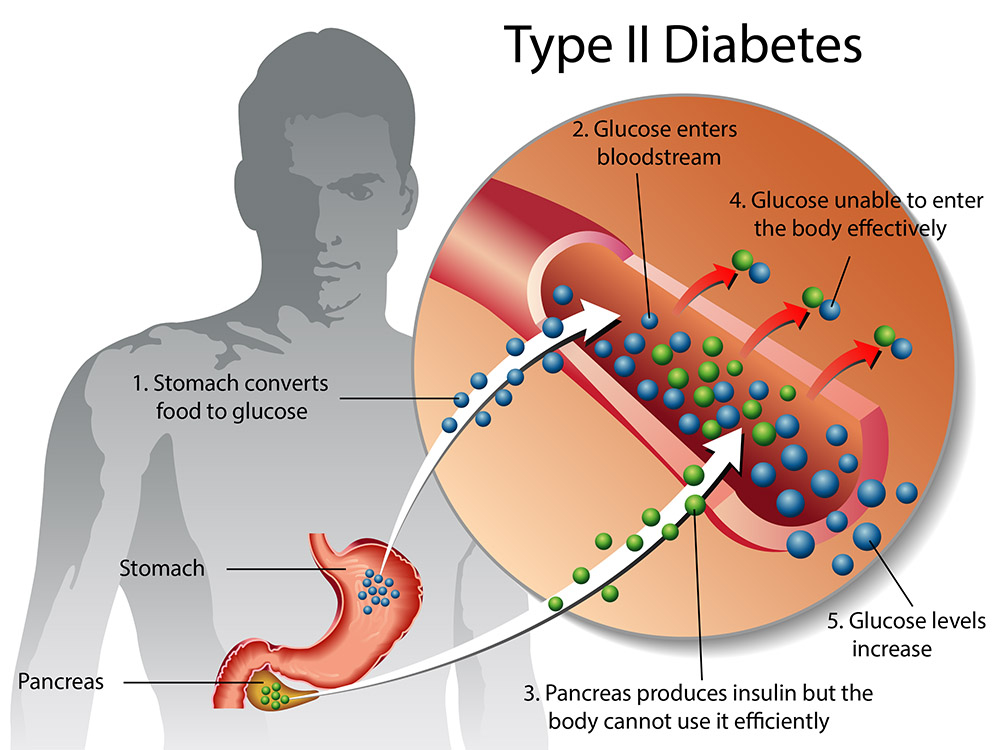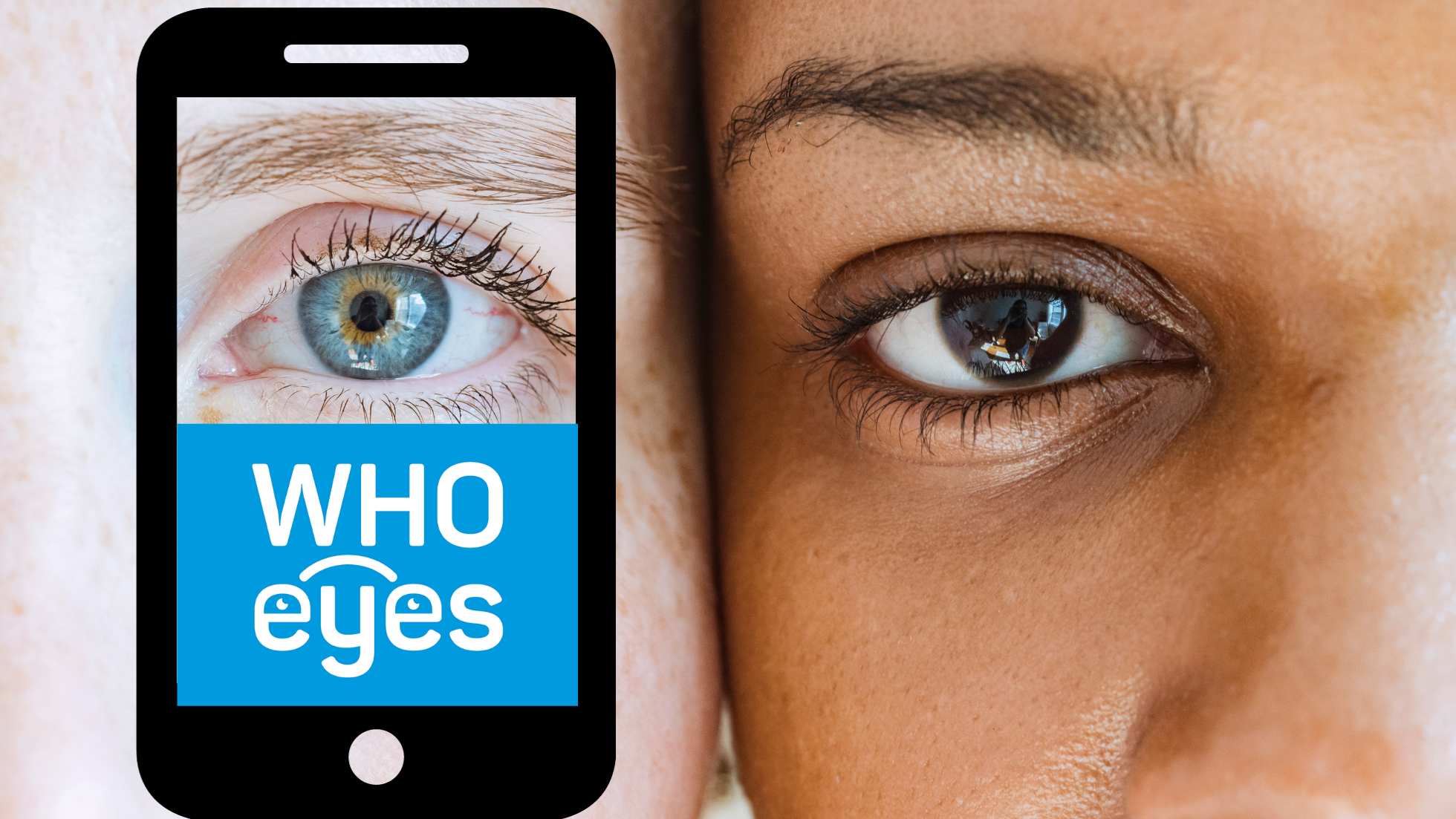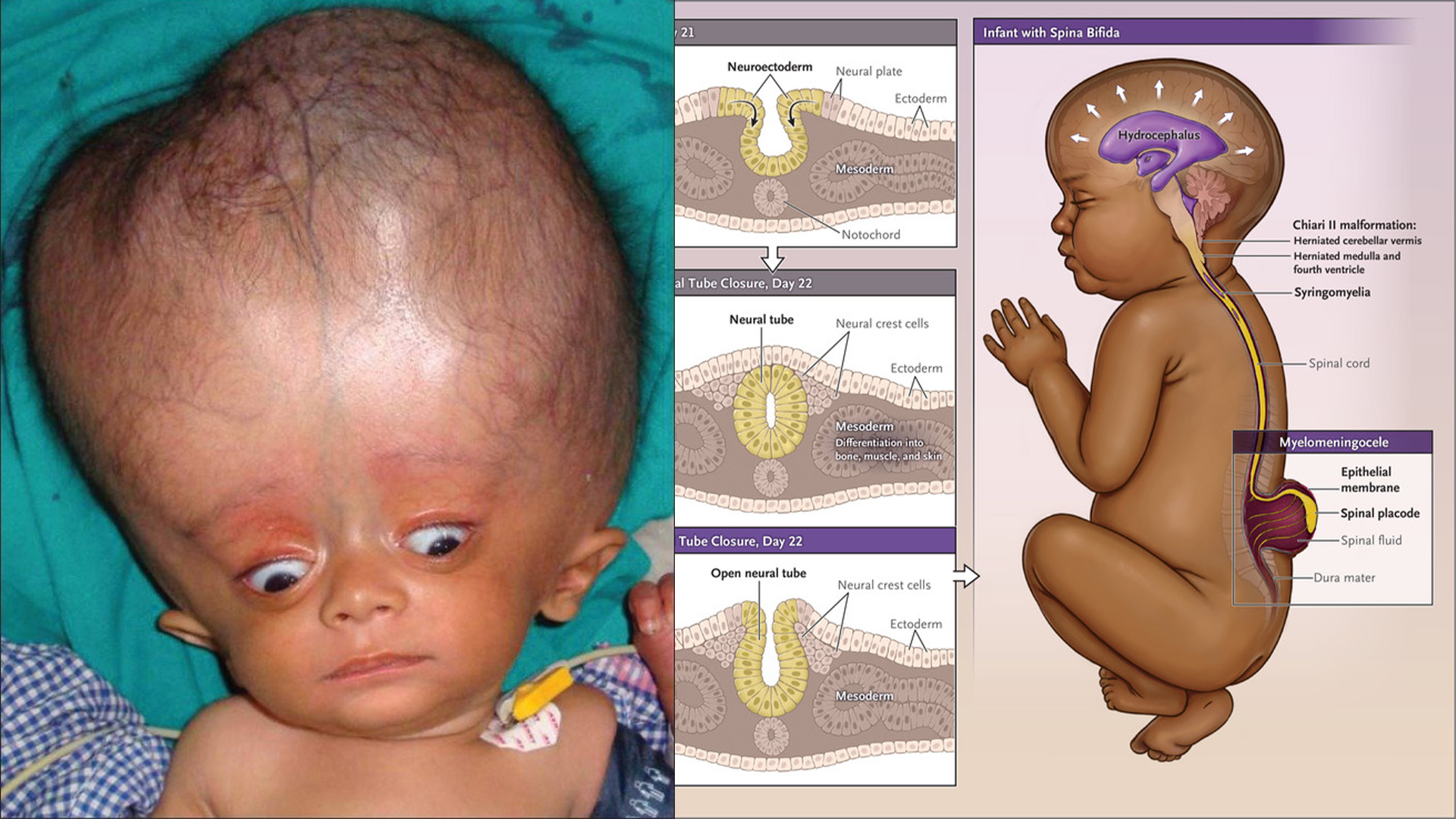
Diabetes is a condition that impairs the body’s ability to process blood glucose, otherwise known as blood sugar. There are several types of diabetes, which have various treatments.
Type 2 diabetes is a condition that happens because of a problem in the way the body regulates and uses sugar as a fuel. That sugar also is called glucose. This long-term condition results in too much sugar circulating in the blood. Eventually, high blood sugar levels can lead to disorders of the circulatory, nervous and immune systems.
In type 2 diabetes, there are primarily two problems. The pancreas does not produce enough insulin, a hormone that regulates the movement of sugar into the cells. And cells respond poorly to insulin and take in less sugar.
Diabetes is one of the leading causes of blindness, kidney failure, heart attack, stroke, and non-traumatic lower limb amputation in Uganda.
According to the International Diabetes Foundation, in 2021, an estimated 716,000 adults in Uganda had diabetes. About 89% of Ugandans with diabetes are neither on medication nor aware of their status and therefore present to the health system with difficult to treat complications.
Here are the early signs and symptoms of type 2 diabetes:
1. Frequent urination
When blood sugar levels are high, the kidneys try to remove the excess sugar by filtering it out of the blood. This can lead to a person needing to urinate more frequently Trusted Source, particularly at night.
2. Increased thirst
The frequent urination necessary to remove excess sugar from the blood can result in the body losing additional water. Over time, this can cause dehydration and make a person feel more thirsty than usual.
3. Frequent hunger
People with diabetes often do not get enough energy from their food.
The digestive system breaks food down into a simple sugar called glucose, which the body uses as fuel. In people with diabetes, not enough of this glucose moves from the bloodstream into the body’s cells.
As a result, people with type 2 diabetes often feel constantly hungry, regardless of how recently they have eaten.
4. Fatigue
Type 2 diabetes can impact a person’s energy levels and cause them to feelTrusted Source fatigued.
Diabetes fatigue occurs due to insufficient sugar moving from the bloodstream into the body’s cells.
5. Blurry vision
An excess of sugar in the blood can damage the tiny blood vessels in the eyes, which can cause blurry vision. This can occur in one or both eyes.
High blood sugar levels can also lead to swelling of the eye lens. This can cause blurred vision but will improve when blood sugar levels reduce.
If a person with diabetes goes without treatment, the damage to these blood vessels can become more severeTrusted Source, and permanent vision loss may eventually occur.
6. Slow healing of cuts and wounds
High sugar levels in the blood can damage the body’s nerves and blood vessels, which can impair blood circulation. As a result, even small cuts and wounds may take weeks or months to heal. Slow wound healing also increases the risk of infection.
7. Tingling, numbness, or pain in the hands or feet
High blood sugar levels can affect blood circulation and damage the nervesTrusted Source. In people with type 2 diabetes, this can lead to pain or a sensation of tingling or numbness in the hands and feet.
This condition is known as neuropathy. It can worsen over time and lead to more serious complications if a person does not get treatment for their diabetes.
8. Patches of darker skin
Patches of darker skin forming on creases of the neck, armpit, or groin can also result from diabetes. These patches may feel soft and velvety.
This skin condition is known as acanthosis nigricans.
9. Itching and yeast infections
Excess sugar in the blood and urine provides food for yeast, which can lead to infection. Yeast infections tend to occur on warm, moist areas of the skin, such as the mouth, genital areas, and armpits.
The affected areas are usually itchy, but a person may also experience burning, skin discoloration, and soreness.
Type 2 diabetes used to be known as adult-onset diabetes, but both type 1 and type 2 diabetes can begin during childhood and adulthood. Type 2 is more common in older adults. But the increase in the number of children with obesity has led to more cases of type 2 diabetes in younger people.
People with type 2 diabetes do not make or use insulin effectively. According to the National Institute of Diabetes and Digestive and Kidney Diseases (NIDDK)Trusted Source, this is the most common type of diabetes, and it has strong links with obesity.
A person living with type 2 diabetes may or may not need insulin. In many cases, medication along with changes in exercise and diet can help manage the condition.
Anyone, including children and adults, can develop type 2 diabetes. The most common risk factors for type 2 diabetes include; age 45 or older, overweight and family history.




